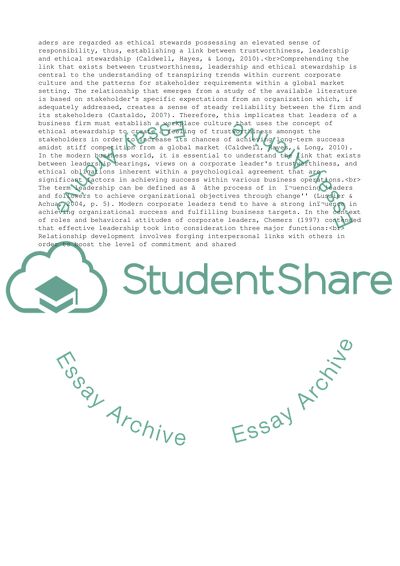Cite this document
(Leadership: Trustworthiness and Ethical Stewardship Essay Example | Topics and Well Written Essays - 1750 words, n.d.)
Leadership: Trustworthiness and Ethical Stewardship Essay Example | Topics and Well Written Essays - 1750 words. https://studentshare.org/management/1780945-leadership-trustworthiness-and-ethical-stewardship
Leadership: Trustworthiness and Ethical Stewardship Essay Example | Topics and Well Written Essays - 1750 words. https://studentshare.org/management/1780945-leadership-trustworthiness-and-ethical-stewardship
(Leadership: Trustworthiness and Ethical Stewardship Essay Example | Topics and Well Written Essays - 1750 Words)
Leadership: Trustworthiness and Ethical Stewardship Essay Example | Topics and Well Written Essays - 1750 Words. https://studentshare.org/management/1780945-leadership-trustworthiness-and-ethical-stewardship.
Leadership: Trustworthiness and Ethical Stewardship Essay Example | Topics and Well Written Essays - 1750 Words. https://studentshare.org/management/1780945-leadership-trustworthiness-and-ethical-stewardship.
“Leadership: Trustworthiness and Ethical Stewardship Essay Example | Topics and Well Written Essays - 1750 Words”. https://studentshare.org/management/1780945-leadership-trustworthiness-and-ethical-stewardship.


